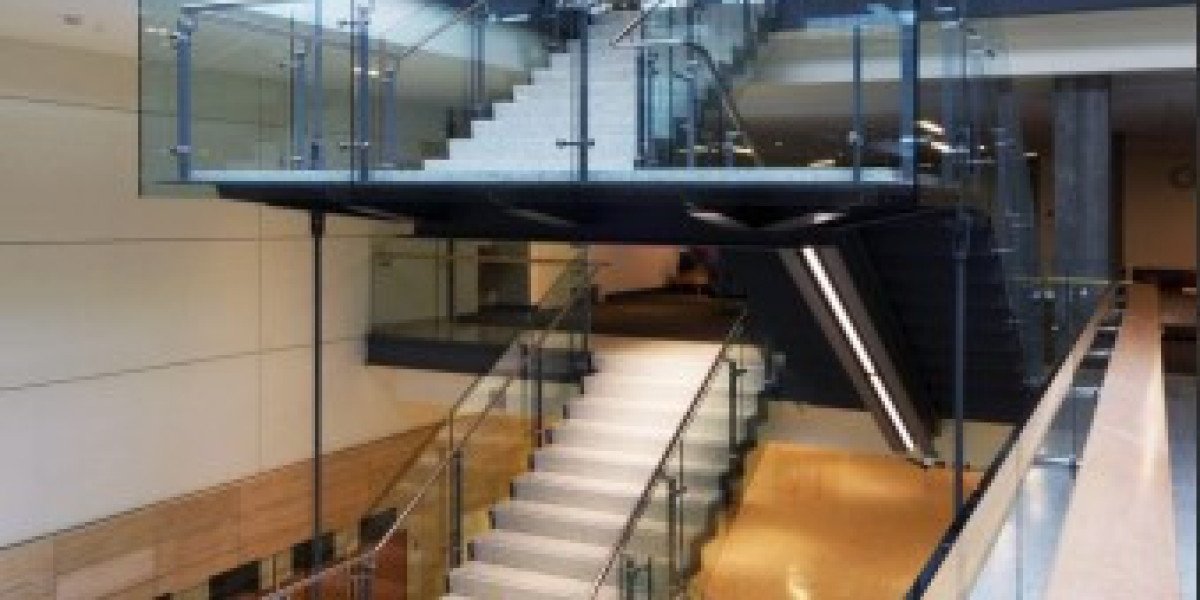Venetian Terrazzo, or Italian terrazzo flooring, is a unique composite material crafted with a blend of chips – typically marble, granite, or even recycled glass. This centuries-old flooring technique dates back to ancient Rome but became widely popular during the Renaissance in Venice. Originally used by Venetian artisans, terrazzo was developed as a cost-effective way to create stunning floors using leftover marble fragments. Today, it remains a sought-after choice in both residential and commercial spaces due to its timeless aesthetic and durability.
Composition and Craftsmanship
The beauty of Venetian Terrazzo lies in its intricate composition and meticulous craftsmanship. The flooring consists of chips of marble, quartz, granite, and other materials embedded in a cement or resinous binder. After setting, the surface is polished to achieve a smooth and elegant finish. Traditional terrazzo is poured on-site and hand-polished, while modern advancements have introduced prefabricated tiles for easier installation. The combination of natural stone and artisan techniques results in a floor that is both visually striking and highly durable.
Advantages of Venetian Terrazzo Flooring
One of the main reasons Venetian Terrazzo remains a popular choice is its numerous benefits. First and foremost, it is highly durable, capable of withstanding heavy foot traffic in both residential and commercial settings. Its seamless nature prevents dirt accumulation, making it easy to clean and maintain. Additionally, terrazzo is environmentally friendly, as it often incorporates recycled materials like glass and stone. Another advantage is its versatility in design; available in a wide range of colors and patterns, terrazzo allows homeowners and designers to create unique and customized flooring solutions.
Applications in Modern Architecture
Venetian Terrazzo is not just limited to flooring; its adaptability makes it a favored material in modern architecture. Architects and interior designers use terrazzo for countertops, staircases, walls, and even furniture. The material's seamless nature and ability to be molded into various shapes allow for creative designs that enhance any space. From luxury hotels to contemporary homes, terrazzo's timeless appeal ensures that it blends effortlessly with both classic and modern interiors. Its reflective surface also enhances natural lighting, making spaces appear brighter and more spacious.
Maintenance and Longevity
Despite its luxurious appearance, maintaining Venetian Terrazzo is relatively simple. Regular sweeping and occasional damp mopping help keep the surface looking pristine. Sealing the terrazzo periodically protects it from stains and moisture, especially in high-traffic areas. Unlike other flooring materials that may wear out over time, terrazzo is known for its exceptional longevity. Properly maintained, it can last for decades without losing its beauty and charm, making it a cost-effective investment for any property.
Conclusion
Venetian Terrazzo has stood the test of time, combining history, artistry, and durability into a single flooring solution. Its unmatched beauty, eco-friendliness, and versatility make it a top choice for homeowners, designers, and architects alike. Whether used in historic buildings or modern interiors, terrazzo continues to be a symbol of sophistication and timeless elegance.








